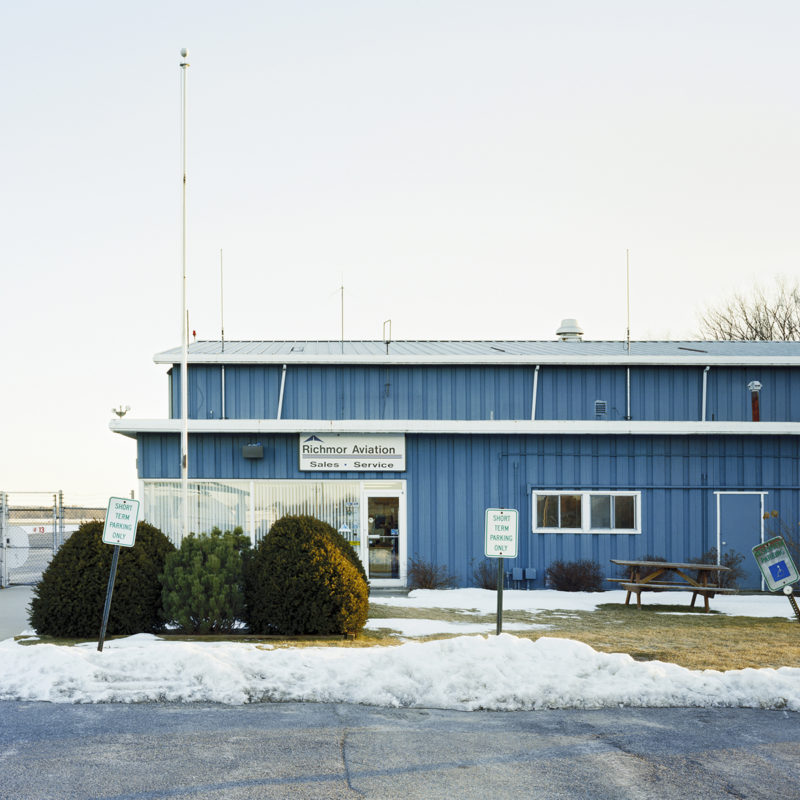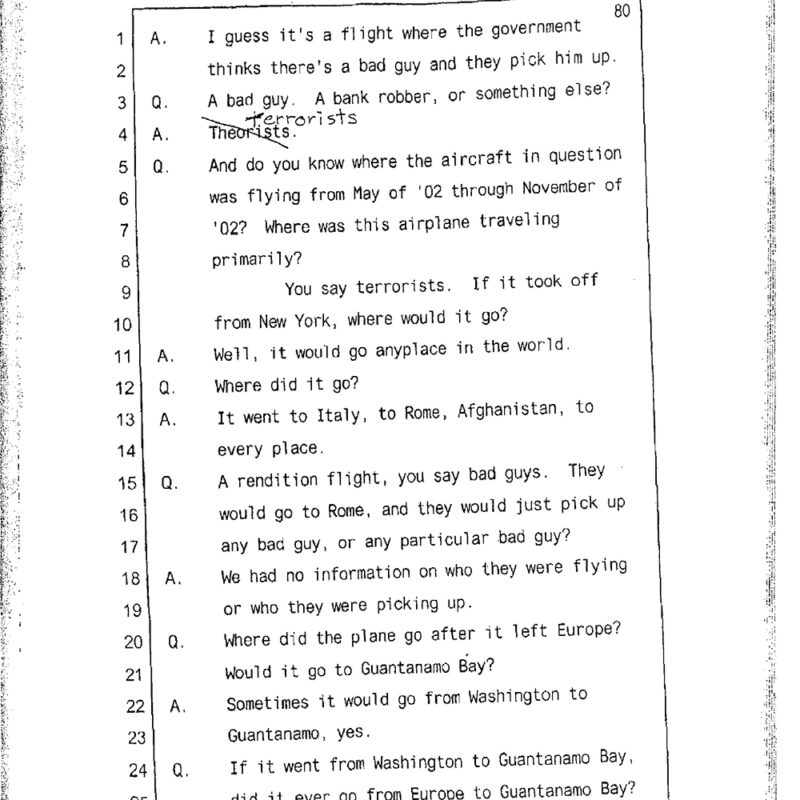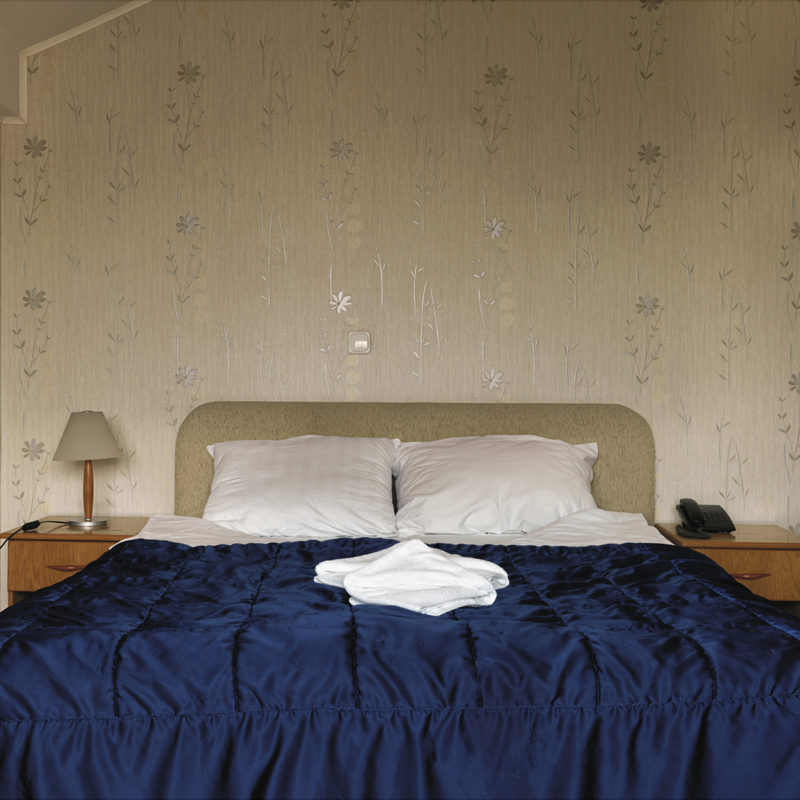Edmund Clark and Crofton Black, Negative Publicity: Artefacts of Extraordinary Rendition (2011–2016)
This project is a collaboration between photographer Edmund Clark and investigator Crofton Black. Negative Publicity confronts the nature of contemporary warfare and invisible mechanisms of state control. From George W. Bush’s 2001 declaration of the “war on terror” until 2008, over a hundred people suspected of links to al-Qaeda were secretly held by the US Central Intelligence Agency in a worldwide network of hidden detention centres, the CIA’s “black sites”.
The arrests and transfers were conducted without any legal process. Nevertheless, these extraordinary renditions left a paper trail of invoices, documents of incorporation and billing reconciliations, all produced by small-town American businesses enlisted in prisoner transportation. Locations included Poland, Romania and Lithuania, as well as Thailand and Afghanistan. Psychologists and interrogators were authorised to use “enhanced interrogation techniques” to question the suspects.
Negative Publicity is a complex portrayal of the bureaucracy behind the network and the research process that traces it. Black and Clark’s work evokes the appearance of disappearance: they searched for and expose the strikeouts and redactions of official accounts, and in so doing explore the vanishing points of accountability, knowledge, and the law. The pictures do not show the secret journeys or the interrogations that punctuated them, but reveal a glimpse of the places and network linking victims and operators. It is the opacity of these images that reveals something of the condition of extraordinary rendition. They are veneers of the everyday under which the purveyors of detention and interrogation operated in plain sight.
Crofton Black has spent several years carrying out in-depth international investigations into counterterrorism tactics on behalf of the human rights group Reprieve, the Bureau of Investigative Journalism, and other organisations. He holds a doctorate of philosophy from the University of London on the topic of early-modern hermeneutics and was formerly an Alexander von Humboldt Fellow at Freie Universitat Berlin. Along with Edmund Clark, he won the Rencontres d’ArlesPhoto-Text Book Award (2016) and an ICP Infinity Award for Documentary and Photojournalism (2017).
Edmund Clark is an award-winning British photographer whose work links history, politics, and representation. He has achieved worldwide recognition, including the British Journal of Photography International Photography Award (2009), the Royal Photographic Society Hood Medal (2011) for outstanding photography for public service, a W. Eugene Smith Fellowship (2017), and, along with Crofton Black, the Rencontres d’Arles Photo Text Book Award (2016) and an ICP Infinity Award (2017). His work has been the subject of major solo exhibitions: Edmund Clark: The Day the Music Died at the International Center of Photography, New York; Edmund Clark: War of Terror at the Imperial War Museum, London; and Terror Incognitus at ZEPHYR Raum für Fotografie, Mannheim, Germany. He teaches at the London College of Communication, part of the University of the Arts London.
Place:
Bunkier Sztuki Gallery of Contemporary Art
pl. Szczepański 3a
Opening:
13.04.2018, 18:00
Exhibition open:
14.04-24.06.2018
wt.–nd. 11.00–19.00
Tickets:
6 PLN / 12 PLN
Free admission: Tuesdays






